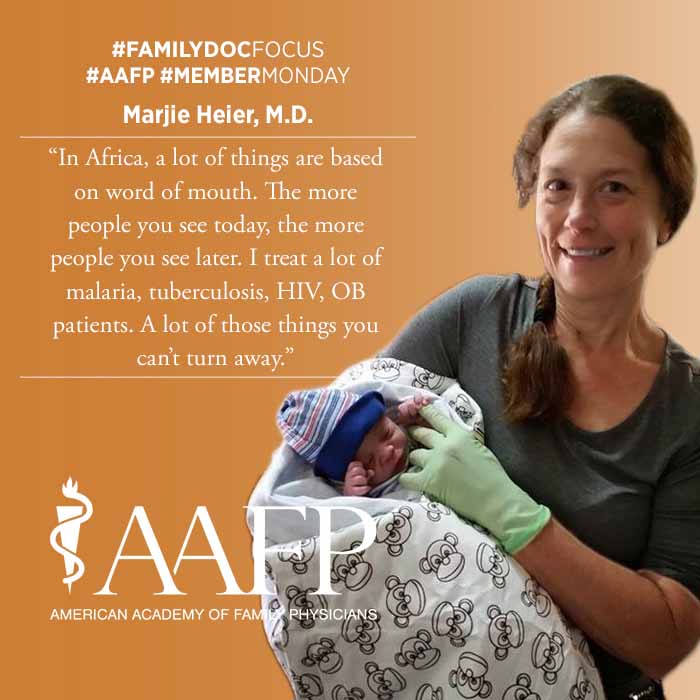Changes in Latitudes, Changes in Attitudes
June 18, 2018 10:38 am David Mitchell – Marjie Heier, M.D., dreamed of doing missionary work during her college years, but by the time she completed her medical training in 1989, she had a family to care for and student loans to pay. Twenty years later, Heier finally made a mission trip to Bolivia with her adult daughter.
"I realized that's what I wanted to do," Heier said. "I didn't know where I'd go, but I came home and started downsizing right away."
Heier had worked as a small-town family physician in rural Nebraska for more than 20 years. She said she loved the work, but the long hours took a toll.
She made mission trips to Zambia in 2011 and 2012 before moving there permanently in 2013. The first time Heier stepped foot in Chifundo Rural Health Center, she thought the 1,500-square-foot building was too big. Heier had agreed to work at the clinic on the campus of Ambassador International University in central Zambia, where she expected to care for about 250 theology students. As a doctor at a small school, Heier envisioned shorter days and more time to pursue painting and her other hobbies.
But with only one other physician working in a district that was home to roughly 65,000 people, Heier got far more patients than she bargained for.
"In Africa, a lot of things are based on word of mouth," she said. "The more people you see today, the more people you see later. I treat a lot of malaria, tuberculosis, HIV, OB patients. A lot of those things you can't turn away. It just continued to grow."
By the end of her first year, Heier was seeing as many as 1,000 patients per month. She went back to Nebraska and started raising money. Last year, the clinic completed an expansion that brought the facility to 8,700 square feet. In addition to the center's existing inpatient care areas, the expansion has opened up space for surgery, offices, labs and conference rooms.
With support from U.S. donations and Zambia's Ministry of Health, the facility now has a nurse midwife, a community worker and staff who can assist with tasks such as screenings and blood draws. During the dry season, they see more than 4,000 patients a month.
A year and a half ago, Heier had surgery to replace both hips. At 57, she says she hasn't slowed down.
"I don't know what the future holds," she said. "I love what I do. I love my patients. I love where I'm at."
Heier lives on the school's campus with her dog and some goats. She doesn't have much time for painting.
"I work most days and any given night." She added, with a laugh, "I'm available, whether I want to be or not."
Heier said her experience as a rural doctor helped prepare her for this job, working on her own at times with limited resources. Now she's passing on what's she's learned. U.S. medical students and residents rotate at her clinic.
"It's always exciting to see people's perspectives change after they get to work with our students and staff," she said.
